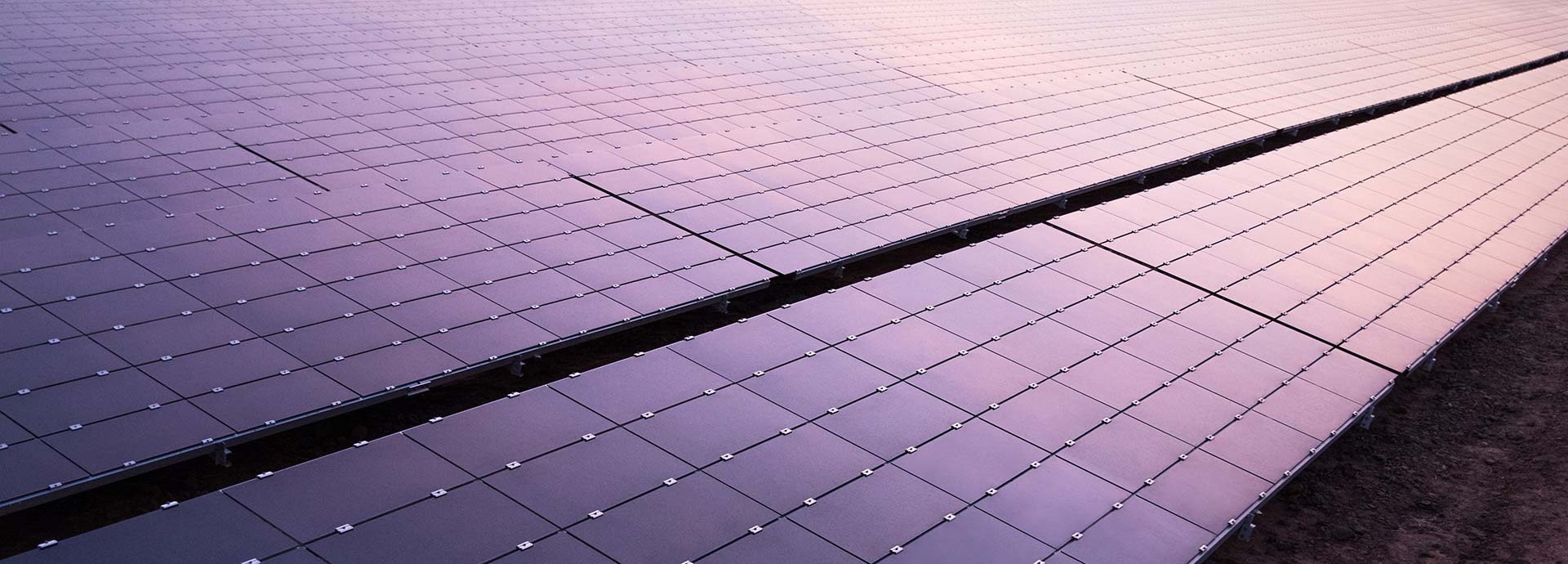

Renewable energy sources can decrease inertia, the kinetic energy stored in the rotating masses of conventional power plants and degrade grid performance. A new Wärtsilä white paper shows how to improve stability with energy storage and flexible generation.
Adding renewable energy sources is critical to phase out coal and other fossil fuels, and decarbonise our energy systems, but this can also introduce instability. Wärtsilä’s white paper Towards stable and reliable 100% renewable energy grids uses techno-economic power system modelling and dynamic grid simulations to demonstrate how energy storage systems (ESS) and balancing internal combustion engine (ICE) power plants can help improve stability and reliability in grids with a high share of renewable energy. The case study shows the share of renewables can increase from 33% to 58%, CO2 emissions can drop 49% and total system costs could be reduced by 11% – all without endangering system frequency stability.
Low inertia challenges frequency stability
The stored kinetic energy of conventional generators works as an energy buffer and tends to automatically stabilise the system frequency when there are sudden imbalances between supply and demand. Wind and solar energy sources can lower this inertia, making it difficult to add more renewable energy to a system.
“Modern wind and solar PV (photovoltaic) plants do not inherently provide inertia because they are connected to the grid via power electronic equipment, not via synchronous generators. This raises concerns about the ability of the grids to maintain their frequency stability when large generators fail,” explains Oula Lehtinen, Power System Analyst at Wärtsilä Energy and the main author of the white paper.
One part of grid stability – frequency stability – is an urgent challenge. It is determined by the instantaneous power balance between generation and loads. Frequency instability is exacerbated by the intermittency and seasonality of renewable energy. Power systems need near-instant flexibility to maintain stability.

Active power balance and system frequency.
“Lack of inertia is a common – if not the most common – concern raised by system operators when the grid needs to integrate more renewables,” explains Antti Alahäivälä, General Manager, Business Development at Wärtsilä Energy. “Solutions are urgently needed to ensure that we can continue to decarbonise societies.”
The paper examined different methods to handle and prevent low-inertia periods. Fast frequency response (FFR) energy storage systems and engine power plants as non-spinning secondary reserves are particularly promising solutions.
Energy storage provide needed fast frequency response
Energy storage is a powerful tool in grid management, as it can provide ancillary and balancing services. ESSs can compensate for the lack of system inertia and reduced availability of spinning reserves.
“FFR is a balancing product that is nearly as fast as conventional inertial response and much faster than governor response,” Lehtinen continues. “FFR allows systems to be operated at lower inertia levels and ride safely through high-renewable periods. This brings savings via reduced renewable curtailment and avoiding other constraints, so we can lower the system cost and carbon footprint.”
The power of FFR is in the digital control, so the output of energy storage can be sustained and freely tailored to provide the optimal grid support. ESSs can also dampen harmful grid oscillations and support grid voltage by supplying reactive power.
“In terms of low-inertia mitigation, ESSs can provide much more impact per MW of output compared to conventional units,” says Lehtinen. “The amount of energy that ESS can inject into the grid immediately after a fault is impressive. It really arrests the frequency drop.”
Fast-starting engines act as non-spinning reserve
The white paper uses dynamic power system and production cost modelling to demonstrate how internal combustion engines can provide non-spinning secondary reserves to help frequency stability. This allows systems to handle periods of low renewable generation with minimal balancing engine capacity.
“Without ICEs, having the capability to replace the activated FFR and primary reserves would require that the corresponding thermal headroom be kept constantly available in the form of spinning reserves operating at part load,” Lehtinen says. “Engines can be started fast enough to avoid this unnecessary idle operation.”
Additionally, engines can provide system benefits which complement battery energy storage and support integrating renewable generation. “When we select the technologies to mitigate stability issues we also need to see the big picture: what are the components of a high renewable energy system which will optimise costs and improve reliability,” Alahäivälä explains. “The components of a sustainable power system include energy from renewables, short-term storage from batteries, and long-term storage and capacity from engines.”
ICEs are a reliable source of capacity adequacy which help systems manage periods of low renewable generation. During high-renewable periods ICEs can efficiently balance intra-hour renewable forecast errors. They are modular and can operate flexibly over a wide operating range with high efficiency, which is ideal for a system with a high proportion of renewables that often need just a fraction of a balancer plant’s full output.
“Also, in the future ICEs can be operated on sustainable, carbon neutral synthetic fuels, providing long-term seasonal storage and allowing systems to be fully decarbonised,” Lehtinen adds.
ICE and ESS can improve stability, lower emissions and reduce costs
The paper demonstrates that displacing conventional generation with renewables has a direct impact on power system reliability and stability. However, these issues can be solved by the ESS and ICE technologies which already exist today. This results in lower emissions, lower system costs and increased grid reliability.
“Many microgrids are already capable of operating with 100% renewable energy and we can see systematic progress towards achieving the same in large systems,” says Lehtinen. “All of the technology for utility-scale decarbonisation exists and we can see it being increasingly adopted by different system operators around the globe.”
You can download the full Wärtsilä white paper Towards stable and reliable 100% renewable energy grids here.



